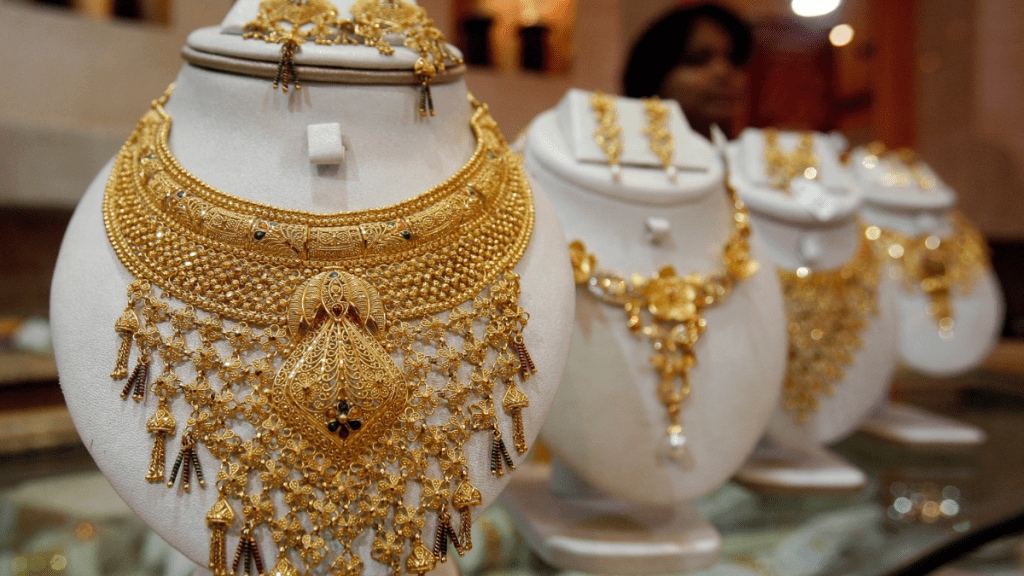Since the Diwali last year, the world’s precious metal has witnessed a remarkable surge of over 20%. The Multi Commodity Exchange (MCX) gold rate has surged by more than Rs 11,000 per 10 gram, reaching around Rs 62,400 per 10 gram.
The yellow metal, which is often considered a symbol of wealth and prosperity, has appreciated by a substantial ₹11,820 per 10 grams in the one-year period following the last Diwali. In comparison, last year’s price of ₹50,580 per 10 grams marked a significant gain of 18.94%, making it the highest increase recorded in the last three years.
Conversely, in 2021, gold prices saw a dip of 6.73%. However, in 2022, the trend reversed, with positive gains of 6.37%. Yet, the most remarkable performance in recent years was seen in 2020 when gold underwent a stunning appreciation of 33.15%, marking the highest annual gain in seven years.
The enduring appeal of gold as the ultimate safe haven asset became particularly evident during times of global uncertainty and distress. Last year, amidst the Russia-Ukraine war, gold prices experienced a substantial rally. As geopolitical tensions gradually eased, major central banks across the globe responded swiftly by raising interest rates to combat inflationary concerns.
Furthermore, an unforeseen banking crisis in March 2023 tightened the credit market, which potentially contributed to cooling the economy and slowing inflation. Over the span of just a couple of years, major central banks collectively implemented rate hikes exceeding 1,000 basis points.
Gold, an asset that has captivated human interest for millennia, continues to demonstrate its resilience as a reliable store of value. It has proven its potential to generate impressive returns, provided that market conditions remain favorable.
As the world looks forward to Samvat 2080, one of the most influential factors shaping the gold market is the outlook for interest rates. Investors are now anticipating that the Federal Reserve (Fed) will maintain its pause in rate hikes and may even consider pivoting towards rate cuts earlier than initially expected.

